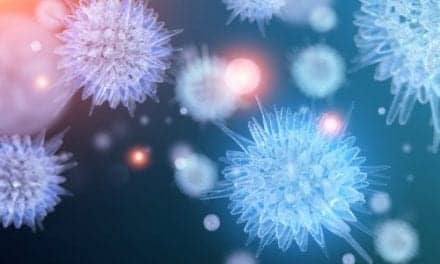Seattle Children’s Research Institute has received a 2-year, $2.3 million grant from the Bill & Melinda Gates Foundation to complete prototype development of its new respiratory support device, called Seattle Children’s Positive Airway Pressure (Sea-PAP). Sea-PAP, designed to be an affordable and simple bubble continuous positive airway pressure (B-PAP) device, will provide breathing support to premature infants who suffer from respiratory distress.
Seattle Children’s expects Sea-PAP to be significantly cheaper to produce, operate, and maintain than other ventilators and respiratory support devices. As a result, Seattle Children’s expects the affordability of Sea-PAP will make it an option for health care systems that lack the resources to purchase and operate complex, expensive equipment.
“The worldwide need for low-cost, safe, and easy to use respirator technology is clear. Many premature infants who require only basic assistance with their breathing die for a lack of a simple, affordable alternative to expensive ventilators,” said Charles V. Smith, PhD, director of the Center for Developmental Therapeutics at Seattle Children’s Research Institute and co-inventor of Sea-PAP. “Sea-PAP’s low cost and ease of use will make is accessible to all.”
More than 4 million infants worldwide die each year, and 1 million of those deaths are attributed to respiratory insufficiency, suffocation due to underdeveloped lungs. These deaths are largely attributed to the lack of respiratory support devices in resource-limited countries.
According to the developers, Sea-PAP differs from most other respiratory support devices because it is simpler to assemble and maintain, thus enabling a low cost of ownership. Building and operating Sea-PAP requires only a small tool kit of supplies, including a continuous air supply, a breathing circuit tube, a tube for the nose, water, and a competent human operator. The breathing and nose tubes can be used multiple times, if sterilized.
Sea-PAP works like conventional B-CPAP devices providing a continuous flow of air via tubes inserted in an infant’s nostrils. Sea-PAP’s key differentiator from other B-CPAP devices is that its breathing circuit tube is placed in water at a 135 degree slope, which creates fluctuations in the positive airway pressure. These fluctuations keep the lungs open, which lessens the work required from respiratory muscles, thus making it easier to breathe.
Respiratory muscle exhaustion is a major cause of failure in conventional B-CPAP therapy. These failures often necessitate the need for tracheal intubation, mechanical ventilation, and exposure of the infant to high concentrations of oxygen. By reducing the work that an infant has to do to breathe, Sea-PAP will eliminate the need for tracheal intubation and mechanical ventilation in many infants, according to the inventors.
Source: Seattle Children’s Hospital








